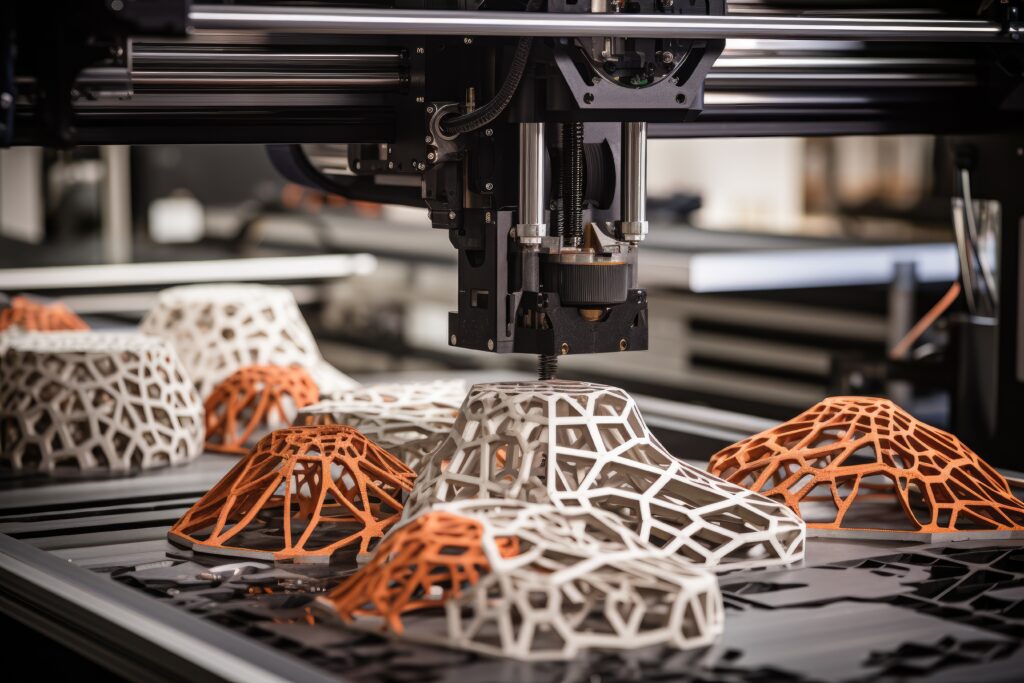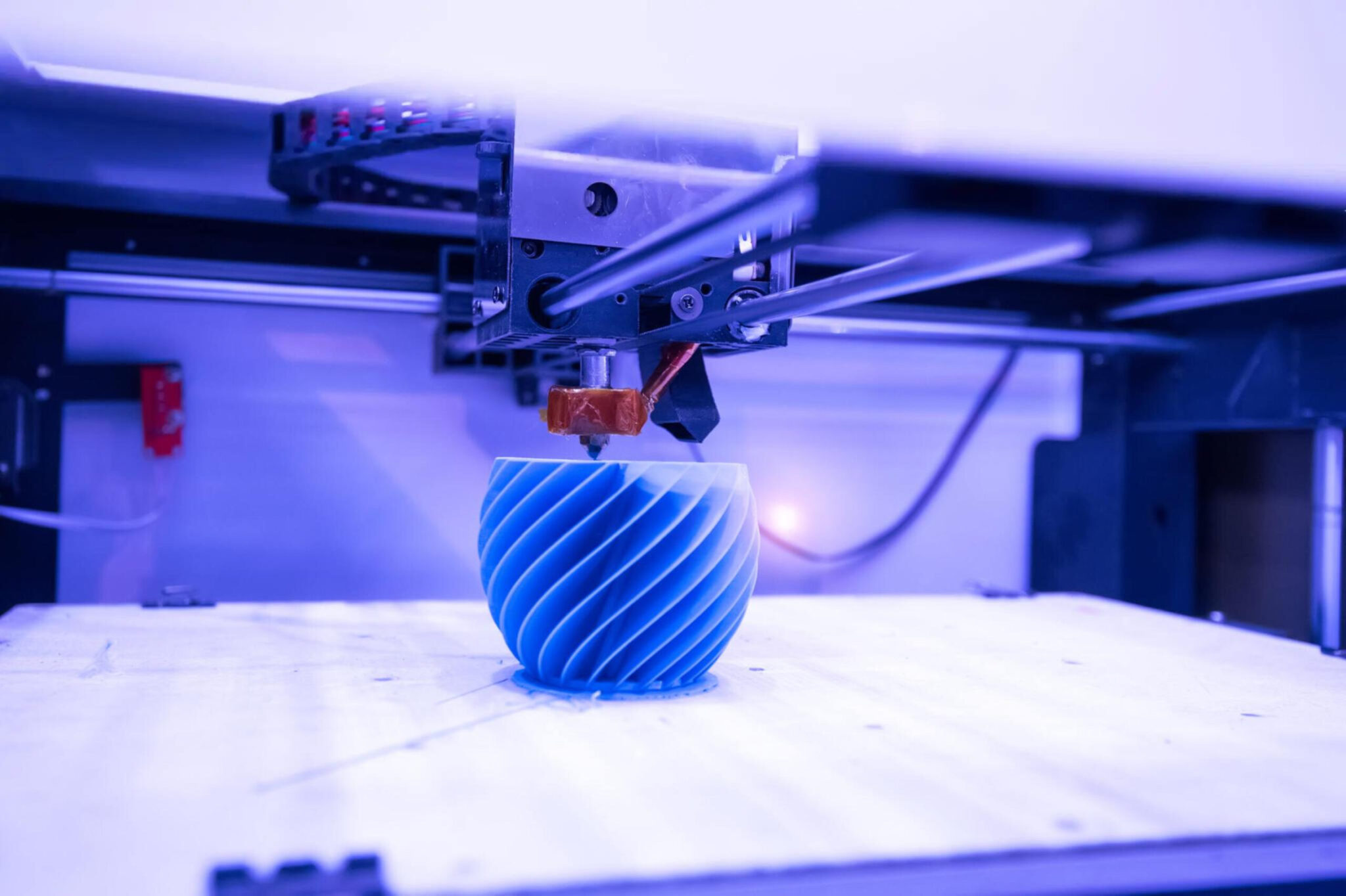Table of Contents
Understanding FDM Additive Manufacturing: A Comprehensive Guide

Understanding FDM Additive Manufacturing: A Comprehensive Guide
Fused Deposition Modeling (FDM) is one of the most widely used additive manufacturing methods in the world. Known for its accessibility and versatility, FDM has revolutionized how we approach prototyping and production. In this in-depth guide, we’ll explore what FDM is, how it works, its advantages, disadvantages, and its applications. Let’s dive into the fascinating world of FDM additive manufacturing.
What is FDM?
Fused Deposition Modeling, commonly referred to as FDM, is an additive manufacturing process that builds objects layer by layer using thermoplastic materials. It was developed by S. Scott Crump in the late 1980s and was commercialized by Stratasys, a leading manufacturer in the 3D printing industry.
How Does FDM Work?
The FDM process involves several key steps:
-
Design: The process starts with creating a digital 3D model using Computer-Aided Design (CAD) software. This model is then converted into a format that the printer can understand, typically STL (stereolithography) or OBJ files.
-
Slicing: The 3D model is sliced into thin horizontal layers using slicing software. This software generates a G-code file, which contains instructions for the printer on how to build each layer.
-
Printing: The FDM printer heats the thermoplastic filament until it reaches a semi-liquid state. The heated filament is then extruded through a nozzle onto the build platform. The printer follows the path defined by the G-code file, depositing the material layer by layer. As each layer cools and hardens, it fuses to the previous layer, gradually building the complete object.
-
Post-Processing: Once printing is complete, the object may require post-processing, such as removing support structures, sanding, or painting, to achieve the desired finish.
Advantages of FDM
FDM offers numerous benefits that make it a popular choice for both hobbyists and professionals:
-
Cost-Effective: FDM printers and materials are relatively affordable, making it an economical option for prototyping and small-scale production.
-
User-Friendly: FDM technology is easy to use, with many desktop models available for beginners. The process is straightforward, requiring minimal setup and maintenance.
-
Wide Range of Materials: FDM supports a variety of thermoplastic materials, including PLA, ABS, PETG, TPU, and more. This versatility allows users to choose materials based on their specific needs, such as flexibility, strength, or heat resistance.
-
Scalability: FDM can be used for both small and large objects, with printers available in various sizes. This scalability makes it suitable for diverse applications, from small prototypes to large industrial parts.
-
Rapid Prototyping: FDM enables quick iteration of designs, allowing for rapid prototyping and testing. This accelerates the product development cycle and reduces time-to-market.
Disadvantages of FDM
While FDM has many advantages, it also has some limitations:
-
Lower Resolution: Compared to other 3D printing technologies like SLA or SLS, FDM typically produces objects with lower resolution and visible layer lines. This can affect the surface finish and detail of the final product.
-
Support Structures: FDM often requires support structures for overhanging features, which need to be removed during post-processing. This can be time-consuming and may leave marks on the object.
-
Material Properties: The mechanical properties of FDM parts can be anisotropic, meaning they vary depending on the direction of the print layers. This can affect the strength and durability of the final product.
-
Printing Speed: FDM can be slower than other 3D printing methods, especially for large or highly detailed objects. This can be a drawback for projects with tight deadlines.
Applications of FDM
FDM’s versatility and accessibility have led to its widespread adoption across various industries:
-
Prototyping: FDM is ideal for creating prototypes quickly and cost-effectively, allowing designers to test and refine their ideas before mass production.
-
Education: Many schools and universities use FDM printers for educational purposes, teaching students about design, engineering, and manufacturing.
-
Medical: FDM is used to create custom prosthetics, medical models, and even surgical guides, tailored to the specific needs of patients.
-
Automotive: Car manufacturers use FDM for producing jigs, fixtures, and custom parts, as well as for prototyping new designs.
-
Consumer Goods: From phone cases to household items, FDM is used to produce a wide range of consumer products, offering customization and personalization options.
Conclusion
Fused Deposition Modeling (FDM) is a powerful and versatile additive manufacturing method that has transformed prototyping and production. Its cost-effectiveness, user-friendliness, and material versatility make it a popular choice for various applications, from education to industry. While it has some limitations, ongoing advancements in FDM technology continue to expand its capabilities and potential.
By understanding the ins and outs of FDM, you can better appreciate its role in modern manufacturing and how it can benefit your projects. Whether you’re a hobbyist, educator, or industry professional, FDM offers a practical and efficient solution for bringing your ideas to life.
